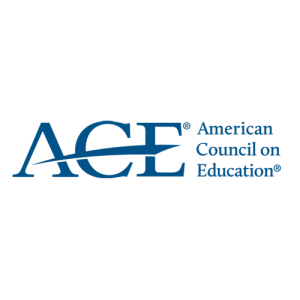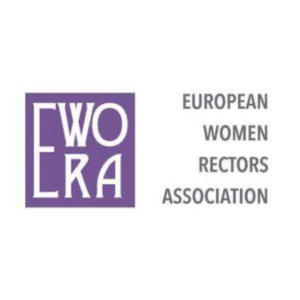
Addressing Global Disparities in Higher Education Capacities
Disparities in higher education capacities between affluent and developing nations took center stage at the Semi-Annual Meeting of the IAUP, hosted by Nottingham Trent University in England. Dr. Barnabas Nawangwe, Vice-Chancellor of Uganda’s Makerere University, underscored the stark contrast, revealing that while Uganda with its population of 47.2 million boasts only 60 higher education institutions, just 20 of which meet global standards, the United Kingdom, with a population of 66.9 million, hosts nearly 300 prestigious universities and colleges, reflecting a notable discrepancy in educational opportunities per capita. Nawangwe further drew parallels between emerging markets, such as China and Africa, emphasizing China’s 3,100 universities compared to Africa’s 1,200, despite similar population sizes.
Highlighting the challenges faced by Uganda, Nawangwe expressed concerns over low higher education enrollment rates, attributing this in part to past political instability and a fragile economy. Despite ambitious growth targets set by institutions like the World Bank, Nawangwe remains skeptical, pointing out historical disinvestment in higher education by development experts. However, he noted positive strides in African nations like Ghana, South Africa, Nigeria, and Uganda, citing initiatives such as Uganda’s Research and Innovation Fund. Makerere University, Uganda’s flagship institution, aims to enhance its relevance by focusing on research and innovation to address pressing national issues like population growth and climate change. Speakers at the meeting, including local officials and academic leaders like Dr. Devorah Lieberman, President Emerita of the University of LaVerne, stressed the vital link between higher education, economic development, and community prosperity, advocating for tailored educational strategies to meet the evolving needs of diverse societies.











